On Sunday, September 9, 1739 the British colony of South Carolina was shaken by a slave uprising that culminated with the death of sixty people. Led by an Angolan named Jemmy, a band of twenty Africans organized a rebellion on the banks of the Stono River.
After breaking into a store that sold firearms and having recruited more people along the way, they called for their liberty.
The band reached the Edisto River where white colonists descended upon them, killing most of the rebels.
The survivors were sold to enslavers in the West Indies. [From BlackPast]
In Africans in America, the repression that follows is described.
Uncomfortable with the increasing numbers of Blacks for some time, the white colonists had been working on a Negro Act that would limit the privileges of slaves. This act was quickly finalized and approved after the Stono Rebellion. No longer would slaves be allowed to grow their own food, assemble in groups, earn their own money, or learn to read. Some of these restrictions had been in effect before the Negro Act, but had not been strictly enforced.
Find resources below for teaching outside the textbook about enslavement and resistance.

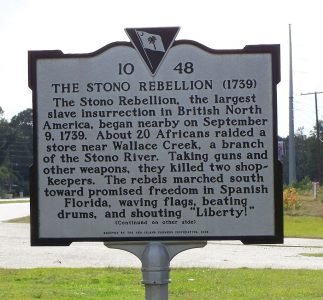

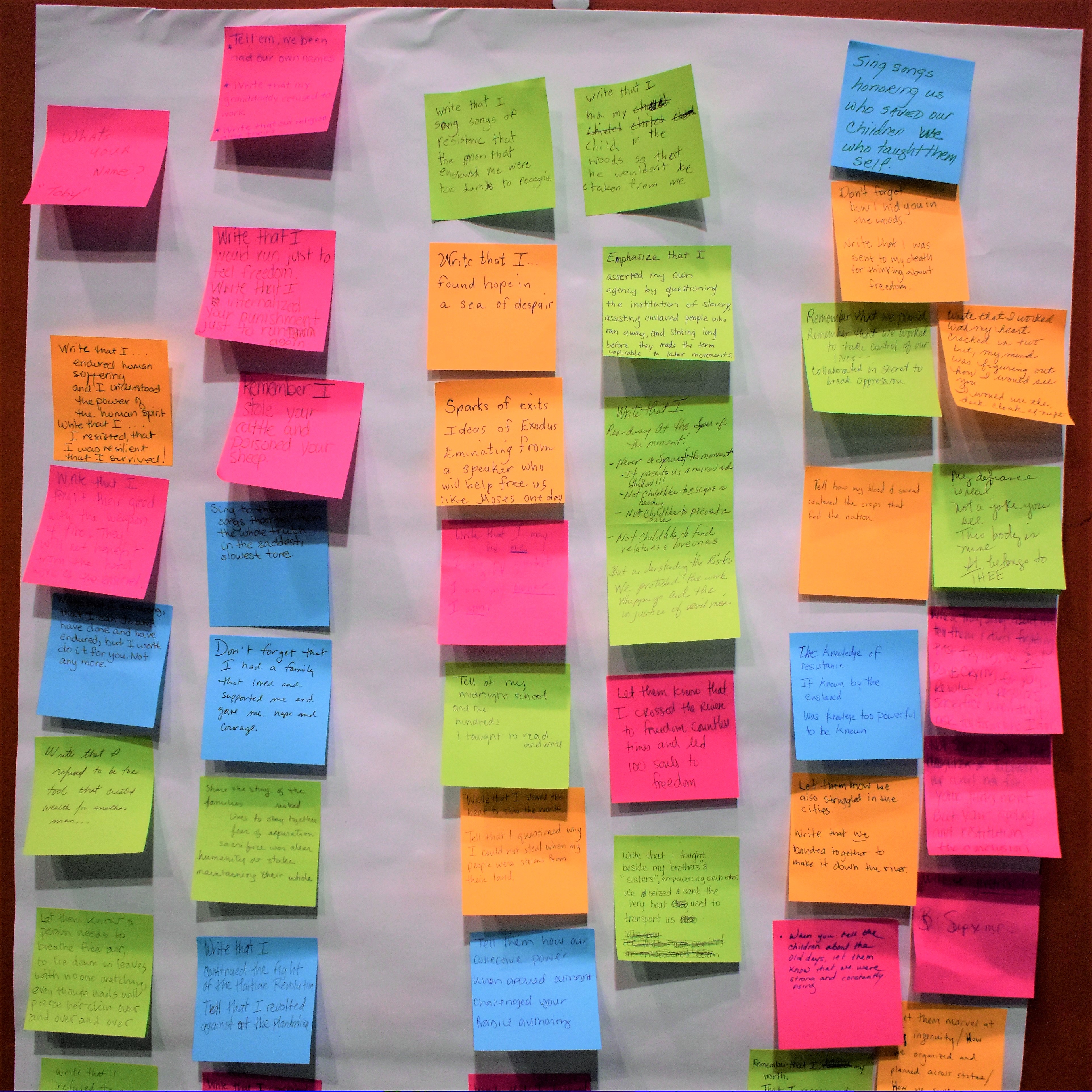
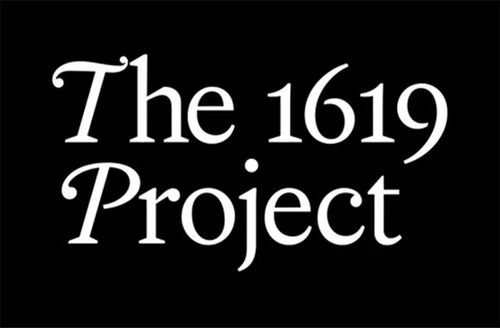
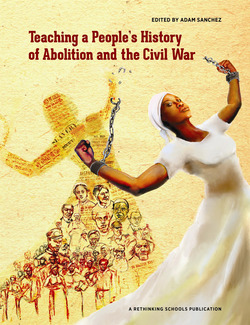
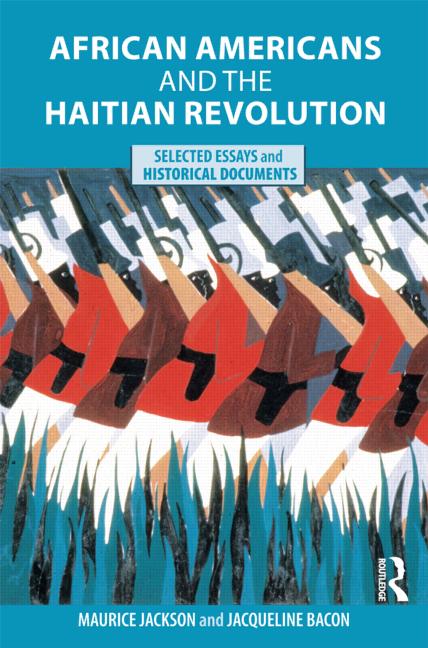
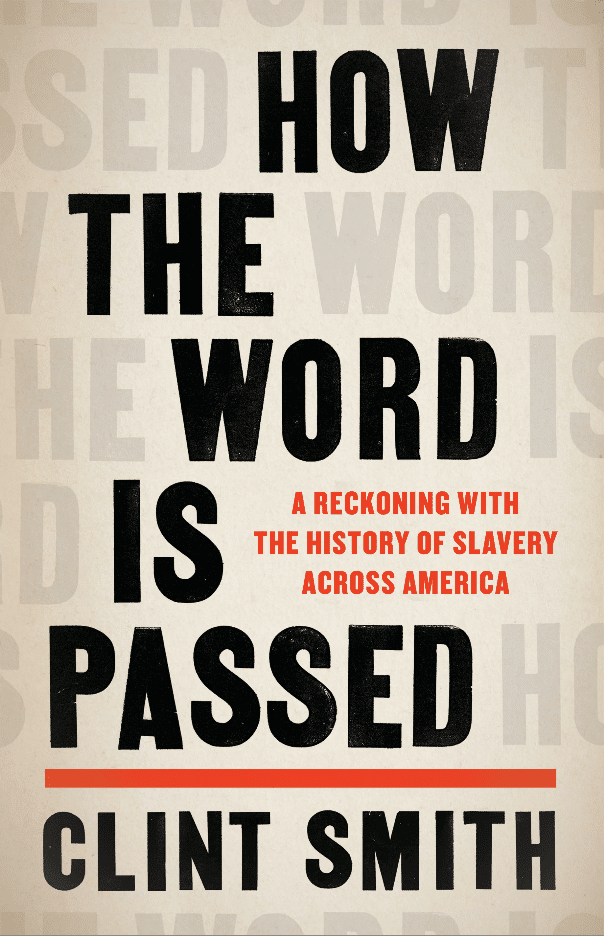

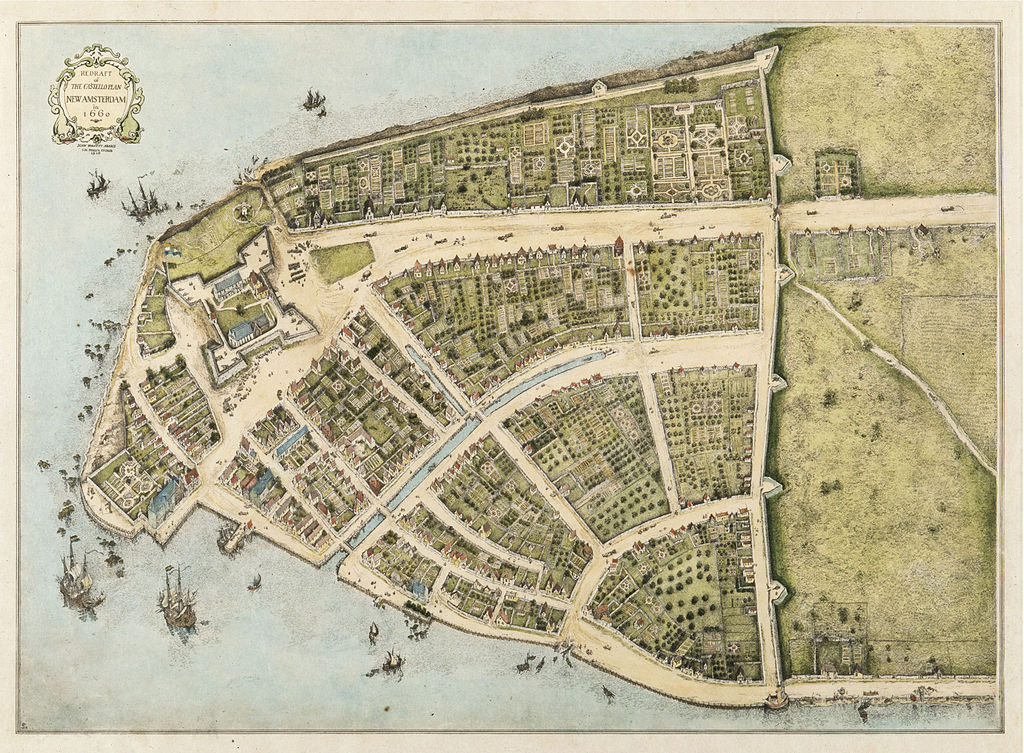
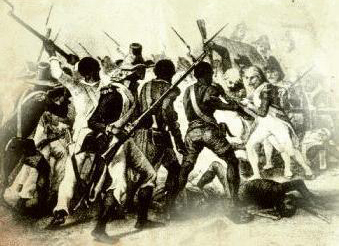

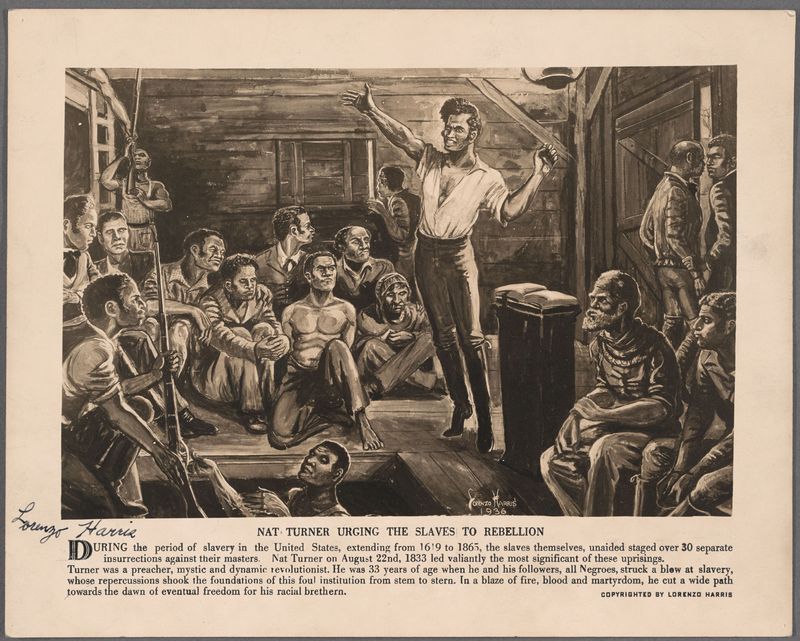
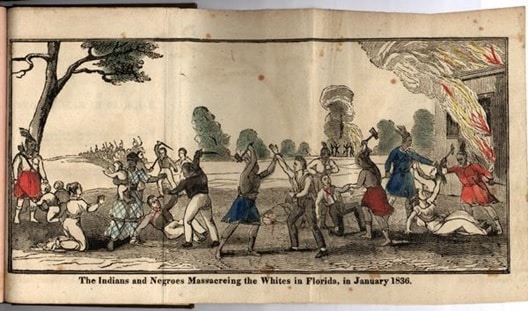

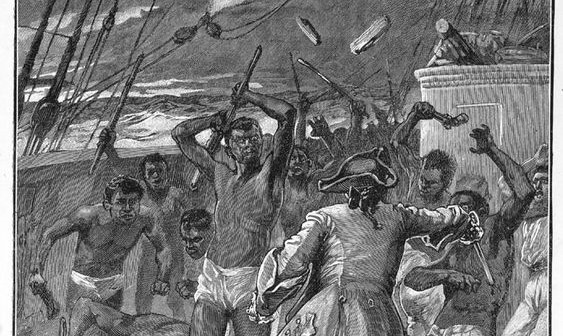





Twitter
Google plus
LinkedIn